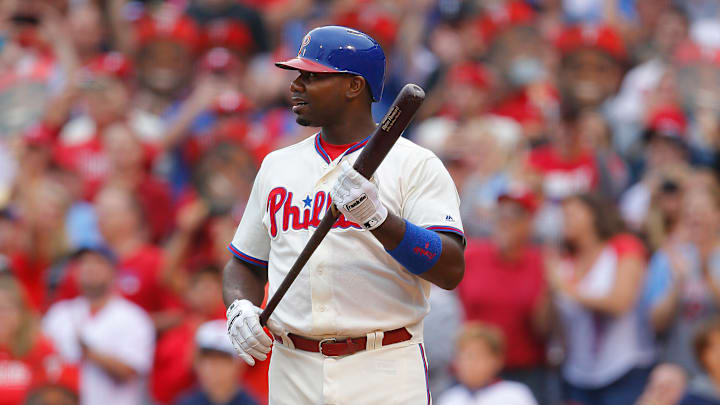Taijuan Walker
Finally, we have a player who is currently still a member of the Phillies following the 2024 season. That unfortunate candidate is starting pitcher Taijuan Walker. Signed to a four-year, $72 million contract during the 2022-2023 offseason, Walker was coming off a strong season with the division rival New York Mets in which he posted a solid 12-5 record with a 3.49 ERA and 1.20 WHIP.
At 29 years old at the time, the Phillies believed Walker had plenty of good years ahead of him as he would likely be pumped to perform for a team that was en route to becoming a perennial contender.
Despite leading the team in wins with 15 during his first season with Philadelphia in 2023, he was often inconsistent with his control, leading to his less-than-stellar 4.38 ERA and 1.31 WHIP. That inconsistency proved costly for Walker as the Phillies did not trust him enough to give him the ball during their postseason run that year. Sadly, it was also an unexpected foreshadowing of what was to come in his second year with the team in 2024.
Plagued by his ongoing inconsistencies along with ill-timed injuries, Walker completely imploded in 2024, putting up some of the worst numbers of his MLB career and the worst season by a Phillies pitcher in 30 years. He amassed a dismal 3-7 record with a 7.10 ERA and a 1.72 WHIP, giving up 66 earned runs, including 24 home runs, with 37 walks and 58 strikeouts in 83 2/3 innings over 19 appearances (15 starts).
It even got to a point in which he was relegated to the bullpen with hopes that he could rediscover his game, but to no avail. As a result, Walker was left off the postseason roster, but this time without any debate whatsoever.
The Phillies plan on working with him through the 2024-2025 offseason to hopefully get him back on track. However, with another two years and $36 million remaining on his contract and how badly things have gone downhill for Walker, this has the makings of becoming the worst contract ever signed by the Phillies if he fails to right the ship.
